Scientists have for the first time ever filmed a crucial step that leads to new human life – cracking open a ‘black box’ of early development, and potentially helping with fertility treatments.
Category: biotech/medical – Page 213
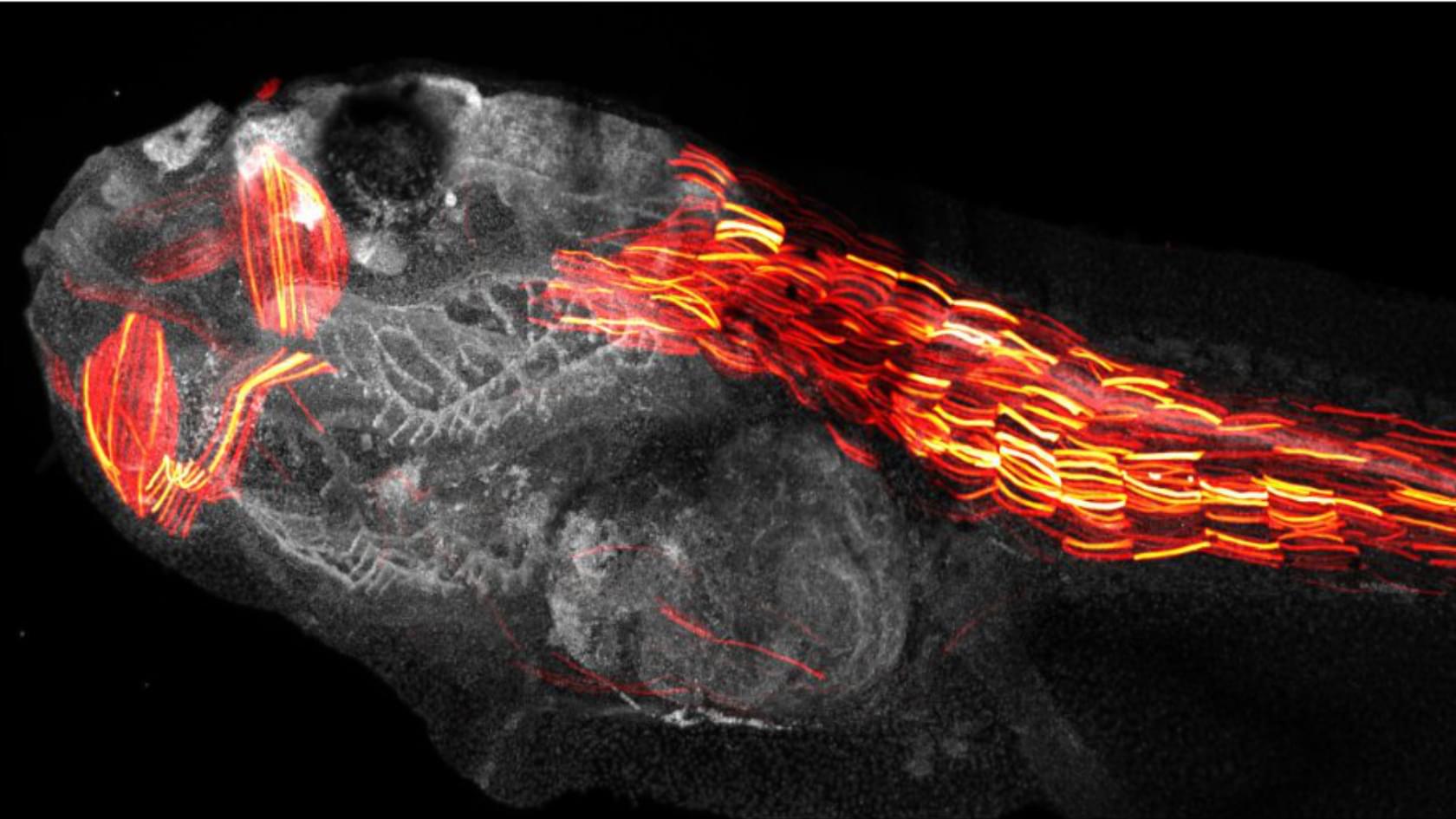
Default Layout (content area only)
A research team headed by the University of Zurich has developed a powerful new method to precisely edit DNA by combining cutting-edge genetic engineering with artificial intelligence. This technique opens the door to more accurate modeling of human diseases and lays the groundwork for next-generation gene therapies.
Precise and targeted DNA editing by small point mutations as well as the integration of whole genes via CRISPR/Cas technology has great potential for applications in biotechnology and gene therapy. However, it is very important that the so-called gene scissors do not cause any unintended genetic changes, but maintain genomic integrity to avoid unintended side effects. Normally, double-stranded breaks in the DNA molecule are accurately repaired in humans and other organisms. But occasionally, this DNA end joining repair results in genetic errors.
Gene editing with greatly improved precision Now, scientists from the University of Zurich (UZH), Ghent University in Belgium and the ETH Zurich have developed a new method which greatly improves the precision of genome editing. Using artificial intelligence (AI), the tool called Pythia predicts how cells repair their DNA after it is cut by gene editing tools such as CRISPR/Cas9. “Our team developed tiny DNA repair templates, which act like molecular glue and guide the cell to make precise genetic changes,” says lead author Thomas Naert, who pioneered the technology at UZH and is currently a postdoc at Ghent University.
Page description.
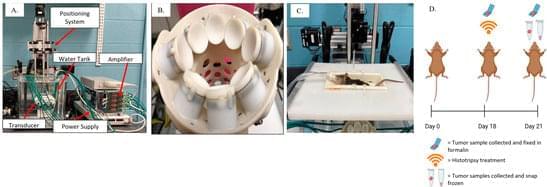
Ablative and Immunostimulatory Effects of Histotripsy Ablation in a Murine Osteosarcoma Model
Background: Osteosarcoma (OS) is the most frequently occurring malignant bone tumor in humans, primarily affecting children and adolescents. Significant advancements in treatment options for OS have not occurred in the last several decades, and the prognosis remains grim with only a 70% rate of 5-year survival. The objective of this study was to investigate the focused ultrasound technique of histotripsy as a novel, noninvasive treatment option for OS. Methods: We utilized a heterotopic OS murine model to establish the feasibility of ablating OS tumors with histotripsy in a preclinical setting. We investigated the local immune response within the tumor microenvironment (TME) via immune cell phenotyping and gene expression analysis.
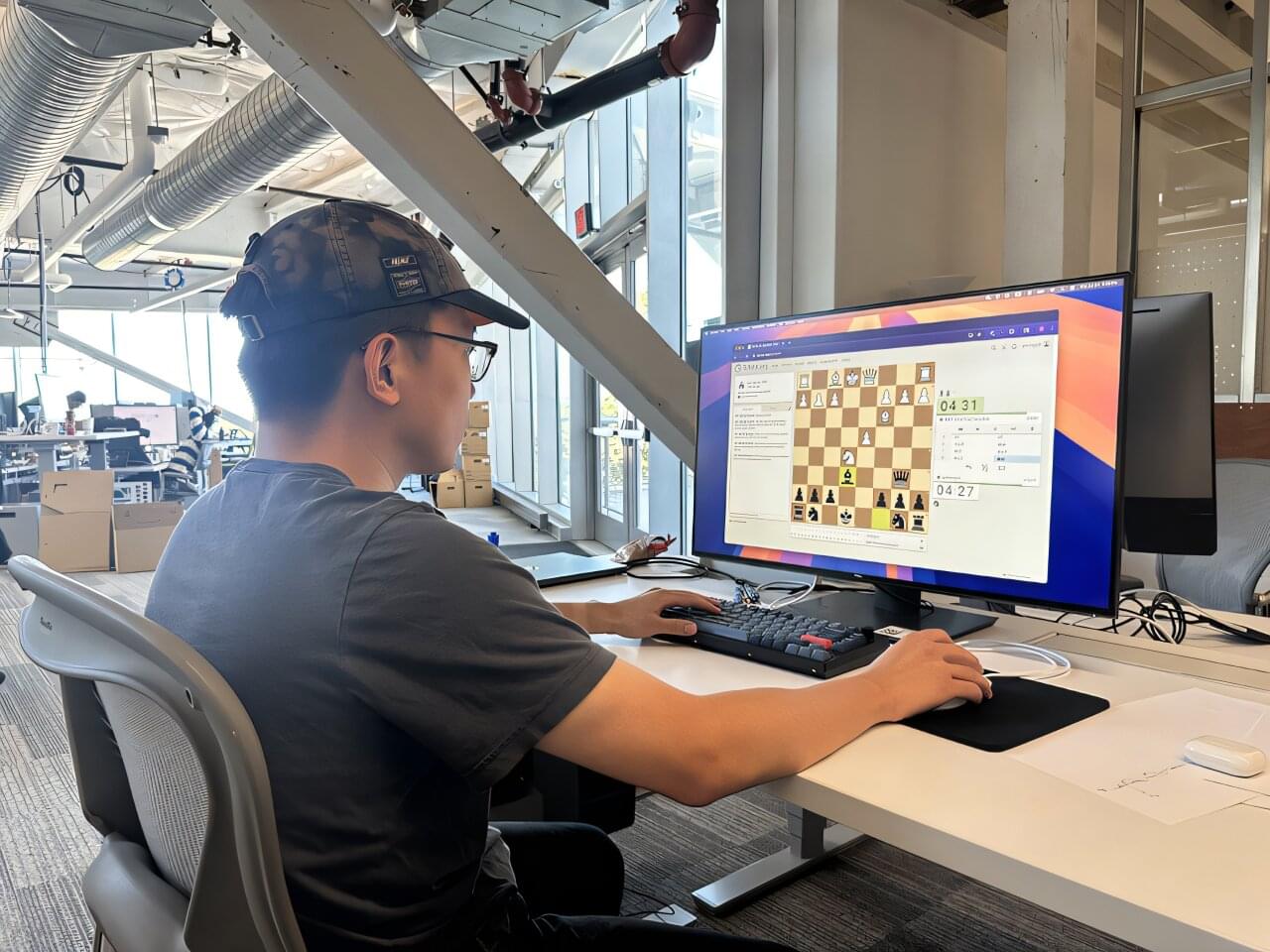
Allie, an AI chess bot, learns to play like humans from 91 million Lichess games
Yiming Zhang didn’t grow up playing chess. Like many other people, the Carnegie Mellon University Ph.D. student discovered the Netflix series “The Queen’s Gambit” during the pandemic and began playing online. However, he quickly realized how unnatural it felt playing against chess bots.
“After I learned the rules, I was in the bottom 10%, maybe 20% of players online,” said Zhang, who is part of the Language Technologies Institute (LTI) in CMU’s School of Computer Science. “For beginners, it’s not interesting or instructive to play against chess bots because the moves they make are often bizarre and incomprehensible to humans.”
Zhang’s frustration led him to develop Allie, a chess bot powered by artificial intelligence that demonstrates the benefits of AI tools that think like humans. He believes training future AI systems to ponder and deliberate on complex problems could create better agents for use in therapy, education and medicine.
Attempting To Slow Aging By Optimizing Biomarkers
Join us on Patreon! https://www.patreon.com/MichaelLustgartenPhD
Discount Links/Affiliates:
Blood testing (where I get the majority of my labs): https://www.ultalabtests.com/partners/michaellustgarten.
At-Home Metabolomics: https://www.iollo.com?ref=michael-lustgarten.
Use Code: CONQUERAGING At Checkout.
Clearly Filtered Water Filter: https://get.aspr.app/SHoPY
Epigenetic, Telomere Testing: https://trudiagnostic.com/?irclickid=U-s3Ii2r7xyIU-LSYLyQdQ6…M0&irgwc=1
Use Code: CONQUERAGING
NAD+ Quantification: https://www.jinfiniti.com/intracellular-nad-test/
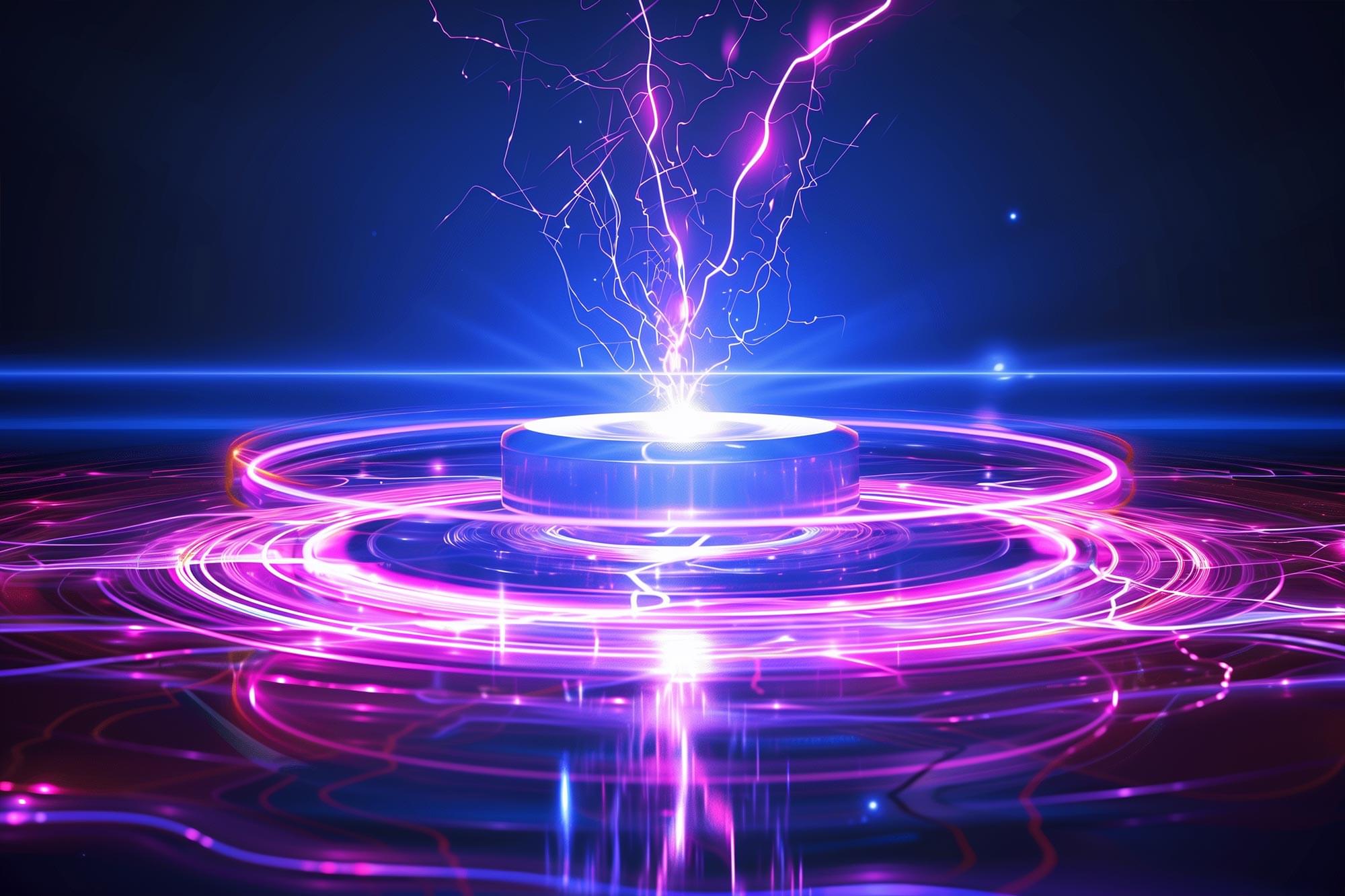
Scientists Create New Magnetic State: The Magneto-Ionic Vortex (“Vortion”)
Researchers at the Universitat Autònoma de Barcelona (UAB) have successfully created a new form of magnetic state known as a magneto-ionic vortex, or “vortion.” Their findings, published in Nature Communications, demonstrate an unprecedented ability to control magnetic properties at the nanoscale under normal room temperature conditions. This achievement could pave the way for next-generation magnetic technologies.
As the growth of Big Data continues, the energy needs of information technologies have risen sharply. In most systems, data is stored using electric currents, but this process generates excess heat and wastes energy. A more efficient approach is to control magnetic memory through voltage rather than current. Magneto-ionic materials make this possible by enabling their magnetic properties to be adjusted when ions are inserted or removed through voltage polarity changes. Up to now, research in this field has mainly focused on continuous films, instead of addressing the nanoscale “bits” that are vital for dense data storage.
At very small scales, unique magnetic behaviors can appear that are not seen in larger systems. One example is the magnetic vortex, a tiny whirlpool-like magnetic pattern. These structures play an important role in modern magnetic data recording and also have biomedical applications. However, once a vortex state is established in a material, it is usually very difficult to modify or requires significant amounts of energy to do so.
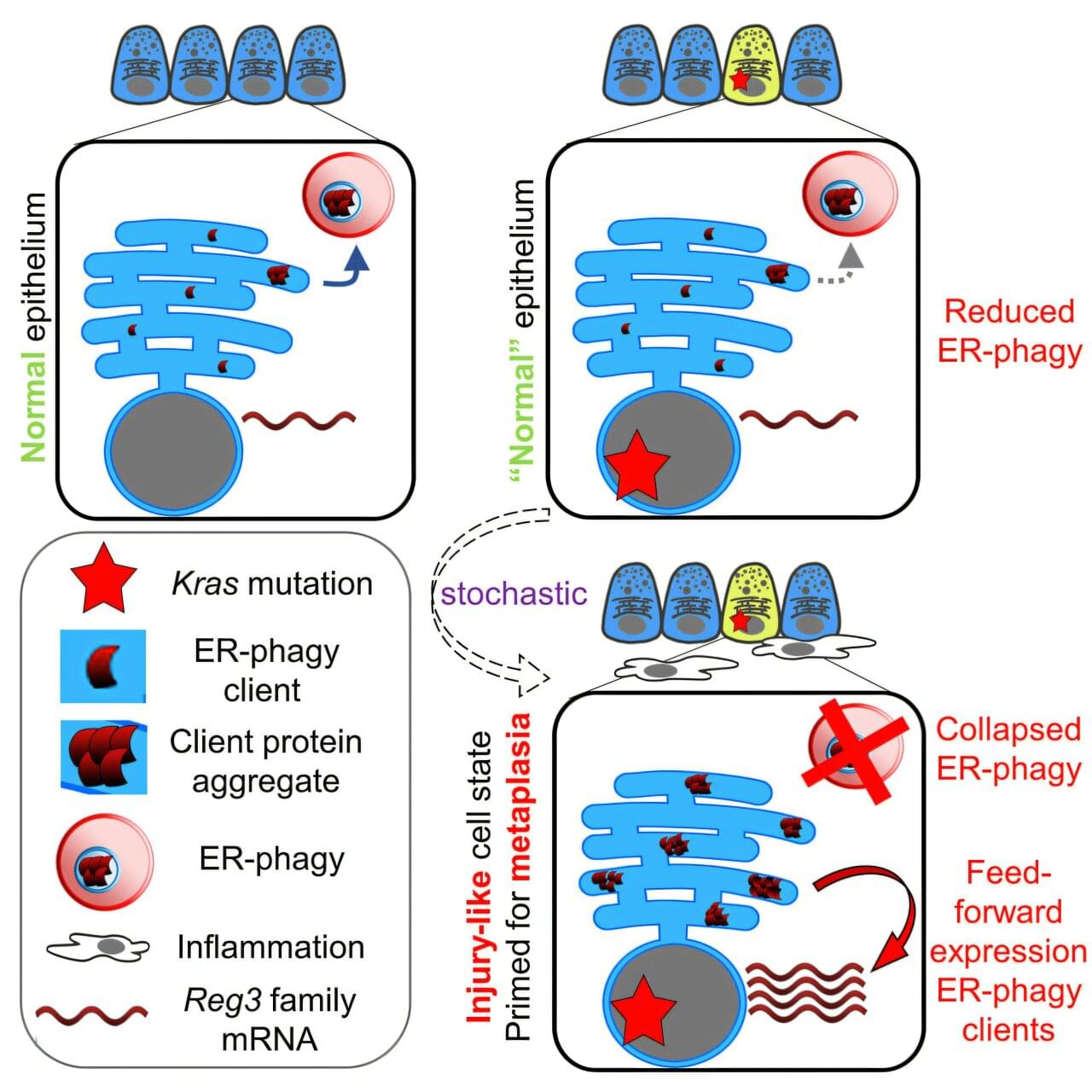
Dementia-like protein buildup found in pancreas cells before cancer develops
Scientists have uncovered dementia-like behavior in pancreas cells at risk of turning into cancer. The findings provide clues that could help in the treatment and prevention of pancreatic cancer, a difficult-to-treat disease linked to 6,900 deaths in the UK every year.
The research was published in the journal Developmental Cell in a paper titled “ER-phagy and proteostasis defects prime pancreatic epithelial state changes in KRAS-mediated oncogenesis.”
Researchers from the Cancer Research UK Scotland Center studied pancreas cells in mice over time, to see what was causing healthy cells to turn into cancer cells. They discovered that pancreatic cells at risk of becoming cancerous, known as pre-cancers, develop faults in the cell’s recycling process (known as “autophagy”).

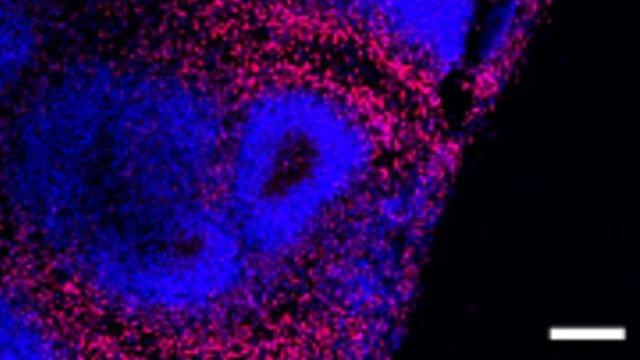
Brain Organoids Reveal Early Changes in Familial Alzheimer’s
Researchers from ShanghaiTech University, including Zhen-Ge Luo, used brain organoids derived from individuals with fAD to examine disease-related changes that occur during early brain development. The organoids, which are lab-grown models of human brain tissue, displayed several features associated with AD: elevated amyloid protein accumulation, a reduction in mature neurons, increased cell death and gene expression differences relative to healthy controls.
Role of thymosin β4 in brain pathology
Among the differentially expressed genes, the researchers identified TMSB4X, which encodes thymosin β4 (Tβ4), a protein with anti-inflammatory properties. TMSB4X expression was reduced in both the fAD organoids and in neurons from post-mortem samples of individuals with AD, suggesting a possible link between lower Tβ4 levels and disease pathology.
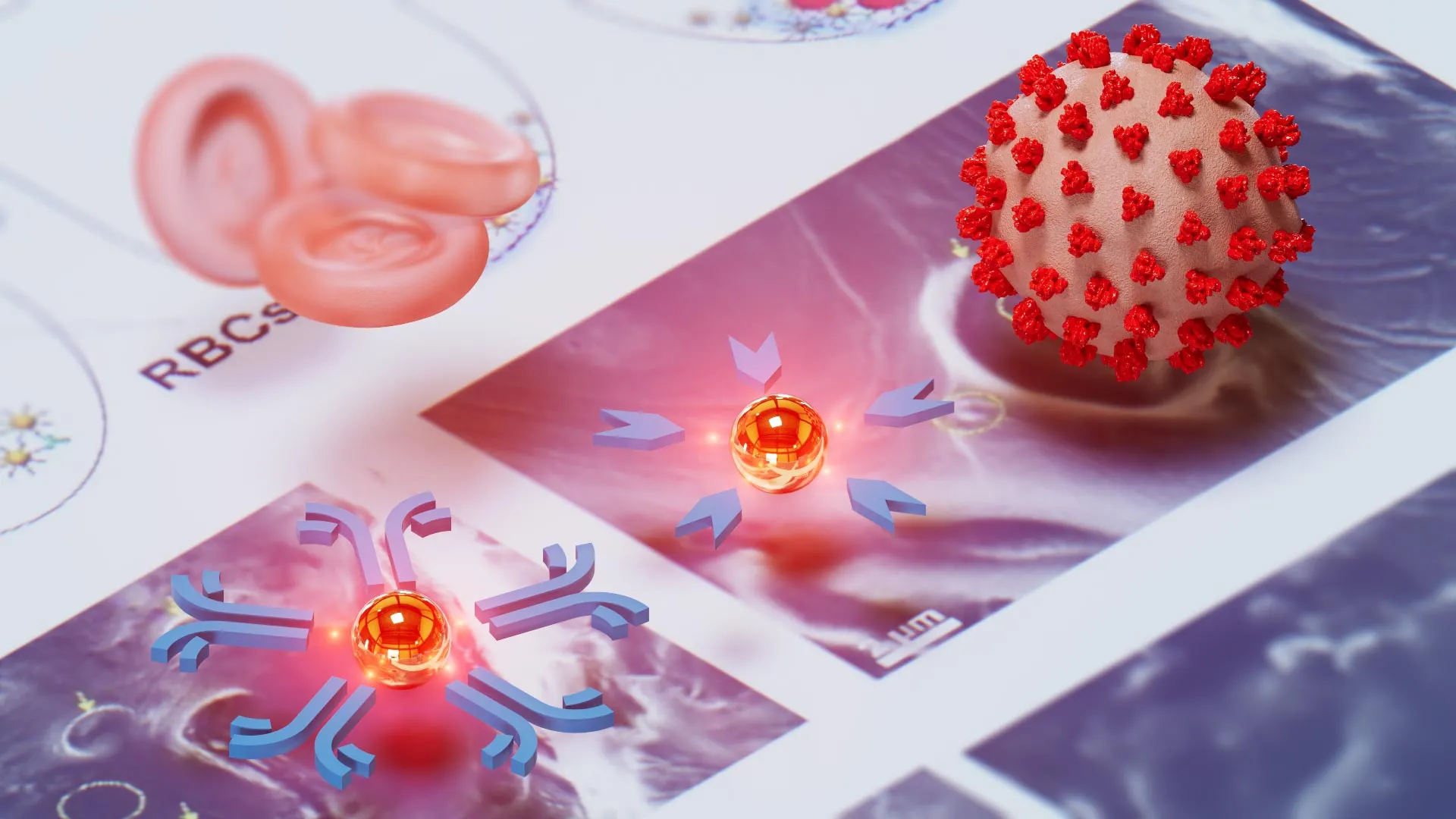
A $2 gold nanotech test that detects deadly diseases in minutes
Arizona State University scientists have unveiled NasRED, a revolutionary one-drop blood test that can detect diseases like COVID-19, Ebola, HIV, and Lyme with incredible speed and precision. Using gold nanoparticles to spot microscopic disease markers, the device delivers results in just 15 minutes—outperforming traditional lab tests in sensitivity, speed, and affordability. Portable and costing only $2 per test, it could be deployed from remote clinics to urban hospitals, offering a lifeline for early detection and outbreak control worldwide.